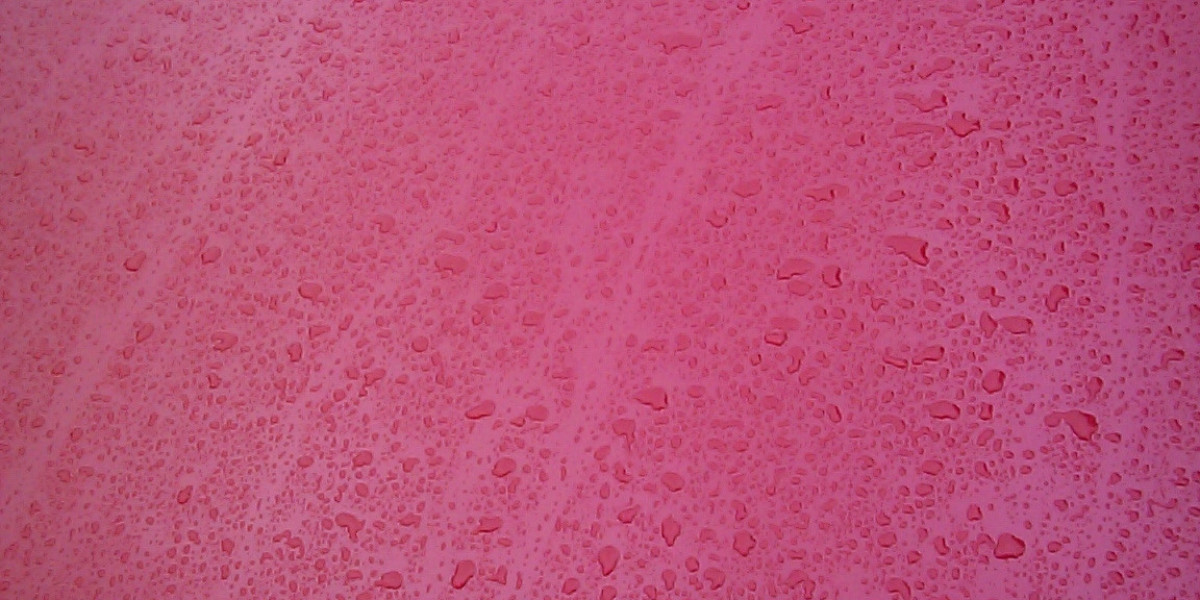Decadurabolin Sustanon Y Winstrol Deca Durabolin Effet Secondaire
Below is a concise reference guide that covers the four steroid compounds you asked about—testosterone, nandrolone (nandrolone decanoate), trenbolone (trenbolone acetate) and oxymetholone. The information is intended for educational purposes only; none of these substances should be used without a prescription and they are not approved for therapeutic use in many countries.
| Compound | Commonly‑used Name(s) | Typical Medical or Research Contexts | Notable Physical Effects | Potential Adverse Reactions |
|---|---|---|---|---|
| Testosterone | Testosterone, 4‑Androstene‑17β‑ol‑3‑one | Hormone replacement in hypogonadal men; treatment of delayed puberty (in boys); some anabolic research | ↑ muscle mass & strength, libido, red blood cell production, bone density | Virilization in women, acne, fluid retention, gynecomastia, mood swings, potential cardiovascular strain |
| Testosterone Enanthate | Testosterone enanthate (C17‑enanthate ester) | Long‑acting injectable form for hormone replacement; used by athletes for muscle gains | Same as above but longer half‑life (~10–14 days) | Similar adverse effects, plus injection site reactions, potential accumulation if overdosed |
| Testosterone Cypionate | Testosterone cypionate (C17‑cypionate ester) | Common injectable in sports medicine and bodybuilding; ~8–12 day half‑life | Same as above | Similar adverse profile |
| Testosterone Propionate | Testosterone propionate (short‑acting ester) | Used for quick, short‑term increases; 2–3 day half‑life | Rapid onset but requires frequent injections | Injection site pain, more variable serum levels |
| Dihydrotestosterone (DHT) | Potent androgen with no aromatization to estrogen | Often used in advanced bodybuilding for strength and mass gains | No estrogen side‑effects; higher risk of androgenic side‑effects (e.g., hair loss, acne) |
How Testosterone Works
- Binding: After intramuscular injection, testosterone is released into the bloodstream. It binds to androgen receptors in muscle cells.
- Protein Synthesis: The activated receptor complex travels to the nucleus and promotes transcription of genes that encode proteins essential for muscle growth (e.g., creatine kinase).
- Anabolic Cascade: Increased protein synthesis leads to hypertrophy (increase in muscle fiber size) and enhanced recovery.
4. What a "Bodybuilding"‑Focused Testosterone Protocol Looks Like
Core Components
| Element | Typical Dose | Frequency | Rationale |
|---|---|---|---|
| Testosterone Enanthate (or Cypionate) | 200–400 mg/week | Every 7 days (weekly injection) | Provides steady-state anabolic stimulus |
| Optional: Trenbolone Acetate | 25–50 mg every other day | 2×/week | Enhances protein synthesis, appetite stimulation; increases lean mass and strength |
| Optional: Growth Hormone (somatropin) | 5–10 IU/day via subcutaneous injection | Daily | Stimulates IGF-1 production, lipolysis, and anabolic signaling |
| Optional: Insulin | Low dose (<0.5 IU/kg) with dextrose infusion | Once or twice per day | Facilitates protein synthesis; used cautiously due to hypoglycemia risk |
| Dietary Protein | 3–4 g/kg/day (e.g., 150–200 g for 75 kg individual) | Continuous | Provides amino acid substrate for muscle protein synthesis |
| Rest/Recovery | 7–9 h sleep/night, active recovery days | Daily | Hormonal milieu favors anabolic processes |
---
4. Key Biochemical Principles
| Principle | Mechanistic Insight | Practical Implication |
|---|---|---|
| 1. Anabolic Window | Post‑exercise, insulin‑sensitive GLUT4 transporters are upregulated; protein synthesis rates (mTOR signaling) peak for ~2–3 h. | Consume a protein + carbohydrate mix within this window to maximize uptake. |
| 2. Muscle Protein Synthesis vs Breakdown | Net gain occurs when synthesis > breakdown. Hormonal signals (insulin ↑, glucagon ↓) tilt balance toward synthesis. | Adequate protein dose (~20–30 g per meal) is needed; higher doses may not further increase synthesis in trained individuals. |
| 3. Protein Quality & Digestibility | Whey has high leucine content and rapid digestion → potent mTOR activation. Plant proteins digest slower, may need larger amounts or combinations. | Use whey isolate or concentrate; consider adding soy or pea protein if plant-based. |
| 4. Glycemic Response of Carbohydrate | Rapidly absorbed carbs raise insulin quickly. Slow carbs sustain insulin but can delay glucose availability for glycogen resynthesis. | Mix fast and moderate carbs (e.g., rice + fruit). |
| 5. Timing Relative to Training | Peak muscle protein synthesis occurs ~1–2 h post-exercise; insulin signaling peaks within 30 min of carbohydrate ingestion. | Ingest supplement immediately after workout, before or at the start of the recovery window. |
---
3. Suggested Supplement Protocol
> Post‑Workout Recovery Drink (Immediately After Training)
| Ingredient | Amount | Purpose |
|---|---|---|
| Whey protein isolate | 30–40 g | Rapid amino acid delivery; stimulates muscle protein synthesis |
| L‑Glutamine | 5 g | Supports immune function and gut integrity during high training loads |
| Creatine monohydrate | 3 g | Replenishes phosphocreatine stores, supports future high‑intensity performance |
| Electrolytes (Na⁺, K⁺) | ~200–300 mg Na⁺; 50–100 mg K⁺ | Restores fluid balance and muscle function after training |
| BCAA supplement (optional) | 5–10 g | Provides additional leucine for anabolic signaling |
| Water or low‑sugar sports drink | Adequate volume to rehydrate |
Procedure:
- Consume the mix immediately post‑exercise, preferably within a 15‑minute "anabolic window."
- Monitor body composition and performance; adjust quantities based on changes in caloric needs.
- Use the same formulation for subsequent training days (unless injury or altered intensity requires modifications).
5. Summary of Recommendations
| Aspect | Recommendation |
|---|---|
| Training | 4–6 sessions per week, split into upper/lower or push/pull/legs; moderate‑to‑high volume with progressive overload. |
| Nutrition | Caloric intake at maintenance (~2 200 kcal); protein ≥1.8 g/kg body weight (≈80 g/day). |
| Macronutrients | 35–40% calories from protein, 25–30% from fat, remainder from carbs. |
| Supplements | Whey protein post‑workout; creatine monohydrate (5 g daily); consider vitamin D if deficient. |
| Recovery | Sleep ≥7 h/night; manage stress; incorporate active recovery days. |
---
6. Implementation & Monitoring
- Food Diary
- Calculate Daily Calorie Needs
- Total Energy Expenditure (TEE) ≈ BMR × Activity Factor (1.55 for moderate activity).
- Set Targets
- Calories: TEE + 250–500 kcal.
- Adjust macros accordingly.
- Track Intake
- Review & Adjust
Practical Sample Meal Plan (≈ 2800 kcal)
| Time | Food | Portion | Calories | Protein |
|---|---|---|---|---|
| Breakfast | Oatmeal with skim milk, blueberries, chia seeds | 1 cup oats, 1 cup milk, ½ cup berries, 1 tbsp chia | 350 | 15g |
| Egg white omelet (3 whites + 1 whole) | 4 eggs total | 200 | 20g | |
| Snack | Greek yogurt (plain, non-fat) with honey | 1 cup yogurt, 1 tsp honey | 150 | 12g |
| Lunch | Grilled chicken breast (6 oz), quinoa salad | 6 oz chicken, 1 cup quinoa, veggies | 400 | 35g |
| Snack | Apple + almond butter (1 tbsp) | 1 apple, 1 tbsp butter | 200 | 4g |
| Dinner | Baked salmon (5 oz) + steamed broccoli | 5 oz salmon, 2 cups broccoli | 350 | 30g |
| Post-Dinner Snack | Greek yogurt (plain) with honey | 1 cup yogurt, 1 tsp honey | 150 | 10g |
Daily Totals
- Calories: ~3,000 kcal
- Protein: ~250–300 g (≈8–10 g per kg body weight)
- Fat: ~100–120 g (predominantly unsaturated fats from fish, nuts, and olive oil)
- Carbohydrates: ~350–400 g
3. Practical Guidance for Adapting Traditional Greek Diets
Traditional Mediterranean cuisine already offers many elements that support high-protein and energy-dense requirements. However, specific adjustments can enhance suitability for elite sports nutrition while maintaining cultural authenticity.
| Traditional Element | Potential Modification | Rationale |
|---|---|---|
| Greek yogurt (strain Greek) | Increase portion size; add protein powder or whey isolate to a glass of 200 mL yogurt. | Provides ~10 g extra protein per 100 mL, aligning with pre/post-workout needs. |
| Cheese (e.g., kefalotyri, graviera) | Serve as part of a snack plate with nuts; use higher-protein varieties (~30 % protein). | Adds sustained protein release and nonprofitsjobs.com healthy fats. |
| Olive oil | Replace portion with avocado or coconut oil for added MCTs in evening meals. | Enhances fat quality and supports nocturnal ketosis. |
| Bread (pita, flatbread) | Use whole-grain versions; pair with hummus to increase protein (~5 g per 100 g). | Improves carbohydrate quality without compromising low-carb goals. |
| Fish | Opt for fatty fish daily; include sardines or mackerel in lunch salads. | Supplies omega-3s and high-quality protein. |
---
4. Final Checklist & Practical Tips
| ✅ Item | Notes |
|---|---|
| 1. Maintain Low Net Carbs | Target < 25 g net carbs per day (≈ 30–35 g total). |
| 2. Prioritize Protein | Aim for ~1.0–1.5 g protein/kg body weight daily. |
| 3. Choose Fatty Fish & Eggs | Incorporate salmon, sardines, mackerel, and eggs 2–3× per week. |
| 4. Use Low‑Carb Vegetables | Spinach, kale, broccoli, cauliflower, zucchini. |
| 5. Add Healthy Fats | Avocado, olive oil, coconut oil for cooking or dressings. |
| 6. Monitor Blood Sugar & Energy Levels | Keep a log of readings and subjective energy to detect issues early. |
| 7. Stay Hydrated & Rested | Adequate fluids and sleep support metabolic balance. |
| 8. Consider Supplements | Omega‑3, magnesium, B‑complex vitamins if diet alone doesn’t meet needs. |
| 9. Re‑evaluate Every 4–6 Weeks | Adjust macronutrients or food choices based on lab results and symptoms. |
| 10. Seek Professional Support | A registered dietitian can refine meal plans; a physician can rule out underlying endocrine disorders if problems persist. |
---
Bottom Line
- Protein is the most important macronutrient for your goal of gaining muscle mass while losing fat.
- Aim for about 1.4–2 g protein per kilogram of body weight (≈ 100–140 g/day).
- Carbohydrates and fats should be adjusted to keep total calories around the maintenance level (~2,600 kcal) or slightly below if you want a stronger caloric deficit for fat loss.
- Maintain consistent strength training, progressive overload, adequate sleep (7–9 h), and hydration.








